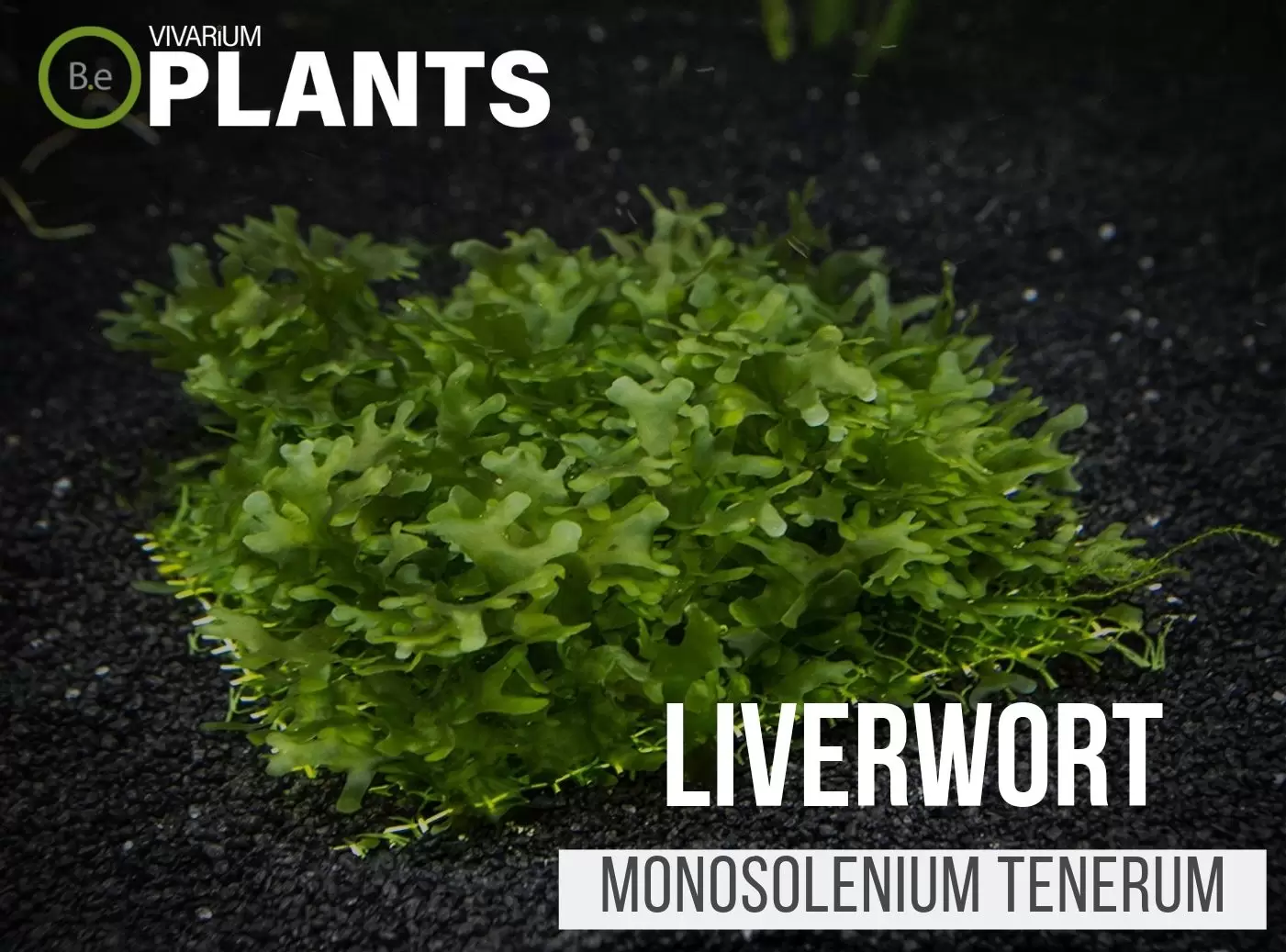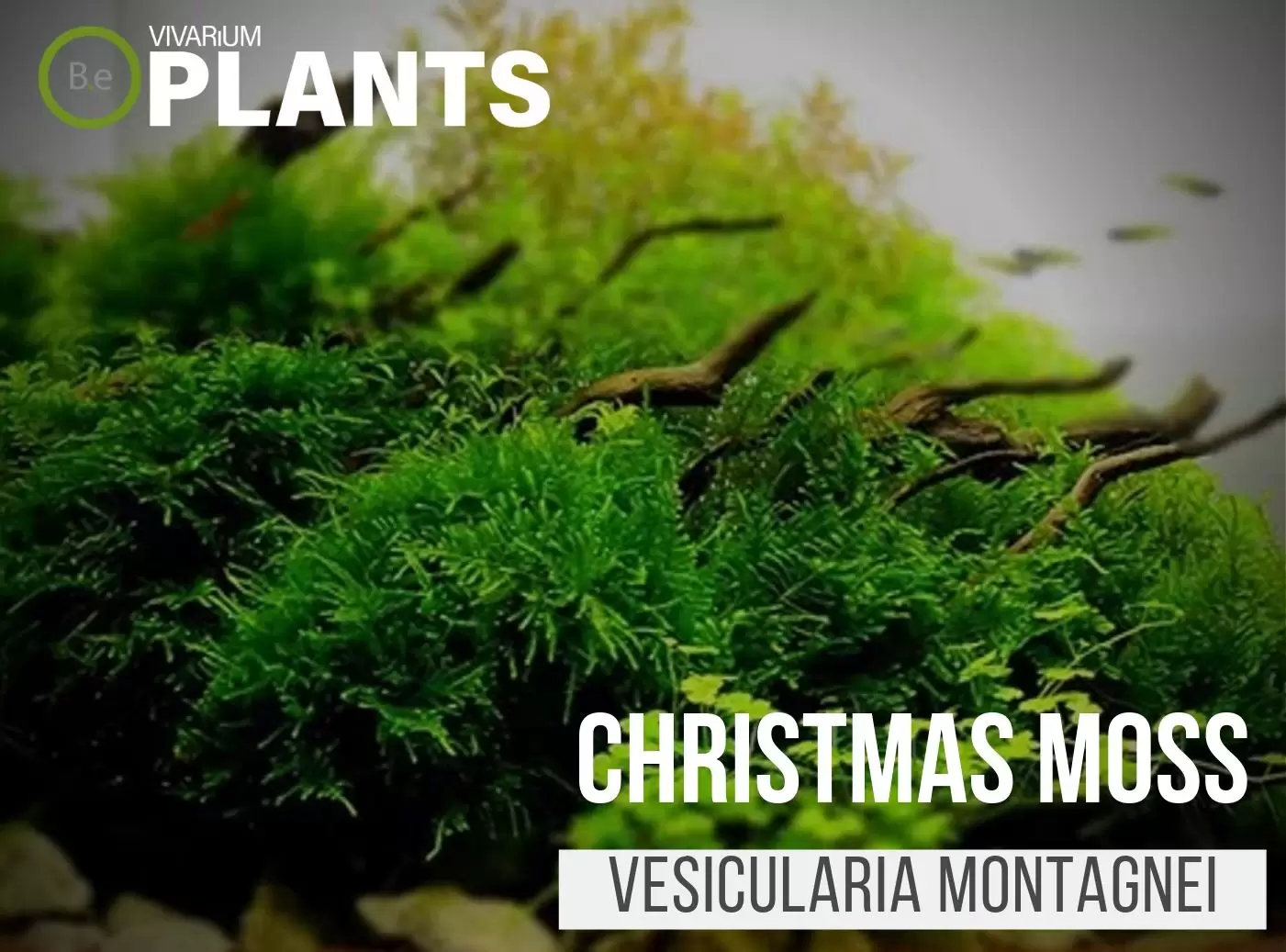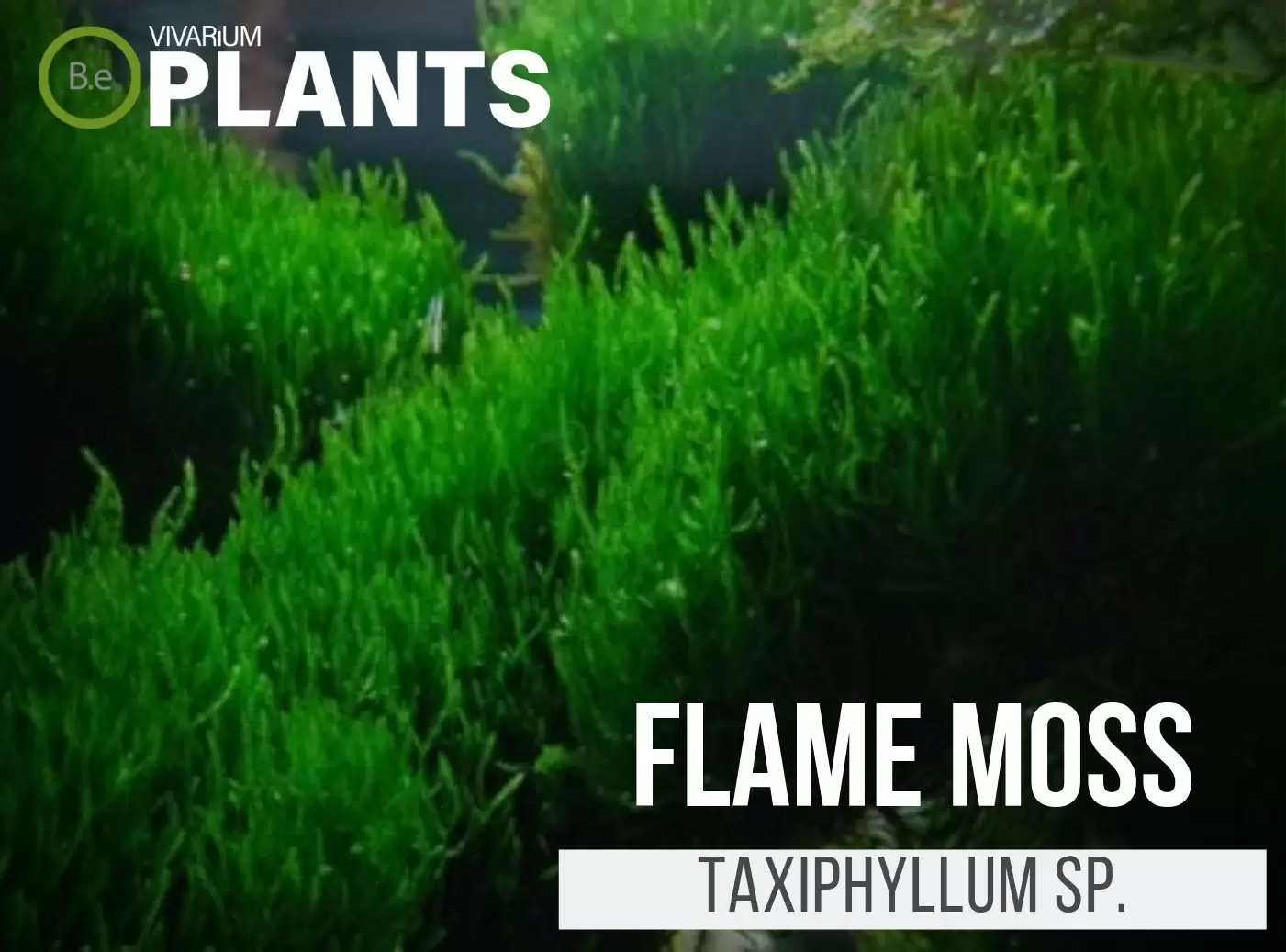Hornwort is one of the most popular floating aquarium plants and can be easily found in almost all stores.
Its versatility and ability to tolerate a wide range of conditions make this plant a common go-to for beginners in the field.
Hornwort is known for its fast-growing nature, serving as a safe hiding place for small creatures, and the ability to soak up nitrate in breeding tanks.
It has even been proven to help balance out water quality in tanks with dangerous ammonia spikes.
| Quick Stats: | |
|---|---|
| Scientific Name | Ceratophyllum demersum |
| Common Name | Hornwort, Coontail, Coon’s Tail, Rigid Hornwort |
| Family Name | Ceratophyllaceae |
| Habitat | Freshwater |
| Temperature | 59°F to 86°F |
| Height | 24 inches |
| pH | 6.0 to 7.5 |
| Lighting | Low to Medium |
What Is Hornwort?
Hornworts are classified as bryophytes alongside mosses and liverworts.
They are non-vascular plants, which means they don’t have the specific tissues that other plants have for carrying nutrients and water.
For this reason, most bryophytes don’t grow very tall and stay very low to the ground.
Unlike mosses and liverwort, Hornworts do not have as many species and can actually grow very tall.
While moss and liverwort have thousands of known species, there is only about 100 to 150 hornwort.
To this date, the classification of species among Hornworts is a heavy source of debate among many scientists.
This post will cover specifically one of the more common species of Hornwort known as Ceratophyllum demersum.


Hornwort Facts
Besides Hornwort, Ceratophyllum demersum is also commonly known as rigid hornwort, coontail, and coon’s tail.
Ceratophyllum demersum grows either fully submerged or simply floating on the surface.
It is an aquatic plant and for that reason cannot tolerate droughts.
Hornworts come from an ancient lineage and are believed to be some of the earliest plants to have evolved on land.
Another interesting quality of this plant is its allelopathic abilities.
Hornwort can produce chemicals that prevent the growth of other species and organisms.
They do so as a survival mechanism to make sure there are more nutrients and space for their own propagation.
Description
Hornwort has green, jagged, angled leaves that are relatively stiff. These leaves are arranged in a spiral manner around the stem.
The stems are soft, long, and quite fragile. They can grow up to 3m tall and 2mm wide.
A lot of people believe Ceratophyllum demersum looks like a raccoon’s tail due to its fluffy appearance.
It is usually a dark green color, but lighter shades can be seen if the plant grows in a warmer climate.
Unlike most other aquatic plants, Hornwort actually produces flowers annually.
It is a monoecious plant, which means that it has both male and female flowers on the same specimen.
These flowers are both usually brown and relatively small in size.
Habitat
Hornwort is native to North America. However, it has a very wide natural habitat range.
In fact, it can be found on almost all continents except for Antarctica. Usually seen growing in lakes, ponds, marshes, and steady streams.
In recent years, human intervention has caused the species to become even more widespread.
Due to this, its rapid growth, and environmental tolerance Hornwort has become an invasive species in many places like New Zealand.
Unlike other plants, it can thrive in a broad range of water temperatures and values.
Hornwort prefers a water hardness of 5 to 15 °GH and a temperature of 59 to 86 degrees Fahrenheit.
Even if things get pretty chilly, Ceratophyllum demersum will find a way to survive.
pH Preference
Hornwort is not very picky when it comes to its environment. It can grow in mildly acidic to alkaline waters with no problem at all.
However, ideal pH levels will range from 6 to 7.5. This is one of the qualities that make it such a great plant for amateurs to begin experimenting with and learning how to aquascape.
Vivarium Type
Hornwort is an aquatic that will do great in a variety of vivarium types.
When deciding if rather or not to use this plant in a particular type of enclosure, be sure to go with setups that have plenty of water features.
Lack of water is one of the only things that will prevent this resilient plant from surviving…
Here are recommended vivariums Hornwort will do well in:
- Paludariums – Half aquatic/ half terrain-based enclosure.
- Ripariums – Mostly aquatic-based enclosures with some terrain features present.
- Aquarium – Fully aquatic-based enclosure with little to no dry terrain.
Vivarium Placement
Ceratophyllum demersum is one of those plants that can pretty much be placed anywhere in a vivarium.
Well, that is as long as it has a sufficient amount of water.
Most hobbyists will choose to place Hornwort in the side and back walls of an aquarium as a way to decorate and hide unappealing equipment.
The plant will use its leaves and rhizoids to attach itself to most substrates and any surfaces it can find.
Another common placement for Hornwort is to simply allow it to free float. Either way, it will provide great shelter and breeding areas for small fish.
Substrate
Due to its use of rhizoids, Hornwort will thrive in pretty much all aquarium substrates.
The tiny hair-like parts will grip and hold the plant down.
The Hornwort will then use its leaves and stem to absorb all the nutrients it needs to survive from the water itself.
As a matter of fact, this plant does not need a substrate at all.
As previously stated, it will even thrive when left to float around freely.
Lighting
When it comes to aquarium lighting, Ceratophyllum prefers low to medium light for about 8 hours a day.
If the plant is given too much light, it will begin to look long and stringy with unattractive gaps between the leaves.
However, not enough light and the hornwort might not grow properly and look rather weedy.
If the Hornwort is located deep or a bit tucked away, a high light intensity might be needed to make sure the light can penetrate the tank.
Buy Hornwort
When shopping for hornwort, expect a few key indicators you are buying the best quality plant.
The plant should be snail free along with any other type of pest.
The source of bryophyte will usually be sold in small stem clusters, ready for you to propagate.
The batch should arrive fairly wet and in fairly good shape.
Click the image below to find out more about the current price and other relative info:


Hornwort Care and Propagation
When it comes to care and propagation, Hornwort is not an overly complicated plant.
Although some people might have some difficulties getting it started, the plant is pretty much indestructible once it does.
A hornwort is a plant that grows upwards and uses spores to reproduce.
These spores will grow on the stems and blow off allowing the plant to quickly spread.
The process will take place periodically all on its own without any interference needed.
How to grow
Hornwort can be grown in almost all environmental conditions, as long as it is not too dry.
The right amount of light and some added fertilizer will kick Hornworts’ growth rate to a whole new level.
Nevertheless, the plant will grow and thrive with little added.
The most effective method to propagate Hornwort is by stem division.
When hornwort sprouts new shoots out the side of its stem structure, break those shoots off and the coontail should continue to grow without delay.
The new shoots can even be left to float around.
Over the next couple of weeks, this should develop as a new full-grown plant.
Watering
Since Hornwort is usually grown fully submerged or floating in the water, it will not need to be watered.
The plant will be able to absorb as much water and nutrients as it needs on its own.
The most important thing will be to make sure the water in the aquarium is healthy and has proper circulation.
Regular water changes and cleaning up of visible debris will be of great help to achieve the ultimate conditions.
Water should have some type of flow to encourage circulation.
Plants Similar To Hornwort
Adding diversity to an enclosure is key to an aesthetically pleasing enclosure.
Try mixing up the look of your vivarium with different flora that can easily co-exist in the same environment.
Furthermore, if for some reason you find this particular bryophyte hard to acquire or would like to consider something similar to this plant…
Here are some other plants you might find may do well with or in place of Ceratophyllum demersum:
Conclusion
Hornwort is the perfect plant for any aquarist despite their expertise level. It can survive very well in most freshwater conditions and serve as a great vivarium plant.
Hornwort will also help clean water from waste residue and toxic substances. it also grows fast and provides shelter to small creatures.
Add this plant as a background piece to medium size enclosures for depth and to fill out the overall look of an aquascape.
With this plant being so readily available on the market, you have more than likely seen it in many aquarium or pet-related stores.
Would you consider adding this plant to your tank if you have not already?
Frequently Asked Questions
Yes, Coontails (Ceratophyllum demersum) is an invasive plant species. It grows quickly and spreads rapidly in most bodies of water, outcompeting more desirable species. Proper management and removal must be implemented to ensure its long–term control.
Yes, Coontail (Ceratophyllum demersum) is edible. It is a type of aquatic plant that can be boiled and served as a side dish or added to soups, salads and stir–fries. Coontail is known for its high vitamin C content and is a good source of other essential vitamins and minerals.
Yes, Coontail is a great aquatic plant for any pond! It is easy to grow and propagates quickly, giving a natural, decorative look and shading the pond, helping to reduce algae growth. Coontail also provides oxygen for fish and can create a habitat for other aquatic life.
Coontails grow in shallow, slow–moving bodies of fresh water. They are native to North America, Europe, Asia, and Africa. They prefer cool water with plenty of light, and can be found in lakes, ponds, streams, rivers, and wetlands.
Yes, Hornwort (Ceratophyllum demersum) is an excellent oxygenator for aquarium tanks and ponds. It releases oxygen through its leaves and is an essential plant for maintaining a healthy water environment.
The most common fish known to eat Hornwort are Carp, Goldfish, Catfish, Betta, Zebra Danios, and SAE (Siamese Algae Eater).
Yes, Hornwort is an excellent plant for fish tanks. Hornwort offers a place for fish to hide, shelter from the current, and provide oxygen. Its presence also helps to keep water clean by absorbing excess nutrients and pollutants. Additionally, it helps to regulate pH levels and protect fish from predators.
Hornwort dying is most commonly caused by poor water quality, lack of light, or insufficient nutrients. Water temperature fluctuations, pH levels, and inadequate circulation can all lead to Hornwort‘s demise. Too much light can also be harmful; the plant should be kept in indirectly lit areas with moderate lighting. Poor nutrition can be avoided by regularly introducing micronutrients to the water and using a water conditioner to rid the water of impurities.



